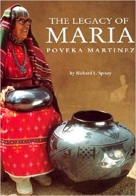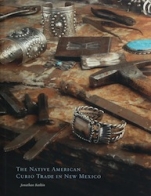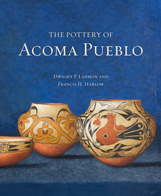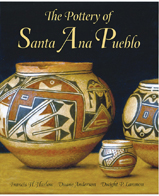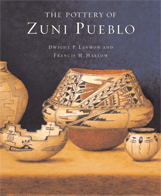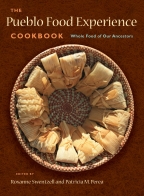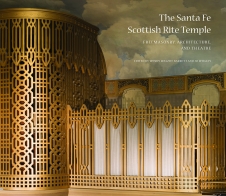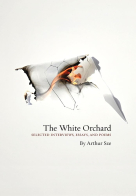
Trim: 12" x 9"
Pages: 224
Illustrations: 198 four-color plates, documentary photographs
© 2003
Maria, the potter of San Ildefonso (1887–1981), is not only the most famous of Pueblo Indian potters but ranks among the best of international potters. Her work Is collected and exhibited around the world, and more than any other artist, Maria Martinez brought "signatures" to Indian art.
Drawing from archival resources and original research and interviews, this book tells the rich and complex story of the Indian curio trade in New Mexico.
With the fresh eye of a newcomer to the state who had already explored remote corners of the world, Bubriski has created a moving and evocative record of a moment in time in the northern reaches of the Land of Enchantment.
Trim: 9" x 10"
Pages: 624
Illustrations: 932 color images, 481 black-and-white images
© 2013
A comprehensive illustrated survey of Acoma pottery made between 1300 and the present.
The fine artistic achievement of Santa Ana pottery has brought Pueblo ceramics worldwide acclaim.
Offers a history Zuni Pueblo, an introduction to Ashiwi (Zuni) pottery, as well as a chronological history of the craft.
Whole Food of Our Ancestors
Trim: 7.25" x 10"
Pages: 120
Illustrations: 51 color and black-and-white photographs, 9 drawings, 3 maps
© 2016
The Pueblo Food Experience was created to make it as easy as possible for those interested in their cultural preservation and health to return to their original, precontact (before Spanish colonization) diet as Pueblo peoples. The PFE Cookbook is incredibly functional and is an illustrated cultural documentation of indigenous life in the Southwest.
Freemasonry, Architecture, and Theatre
Trim: 11" x 9.5"
Pages: 228
Illustrations: 90 color and 56 black-and-white photographs, 38 illustrations
© 2018
The Santa Fe Scottish Rite Temple, built in 1912, is a historic landmark and the home of the Ancient and Accepted Scottish Rite of Freemasonry in New Mexico. The building—including its jewel box theater with original scenery collection—and its artifacts, represent a time capsule of Masonic culture and theatrical history.
A poet's creative process comes to light in this latest book by National Book Award recipient Arthur Sze. Sze has assembled an illuminating selection of seven interviews, three essays, and poems to examine the evolution of his compositions, his decades teaching poetry, and his deep connection to the cultures and landscape of New Mexico.
